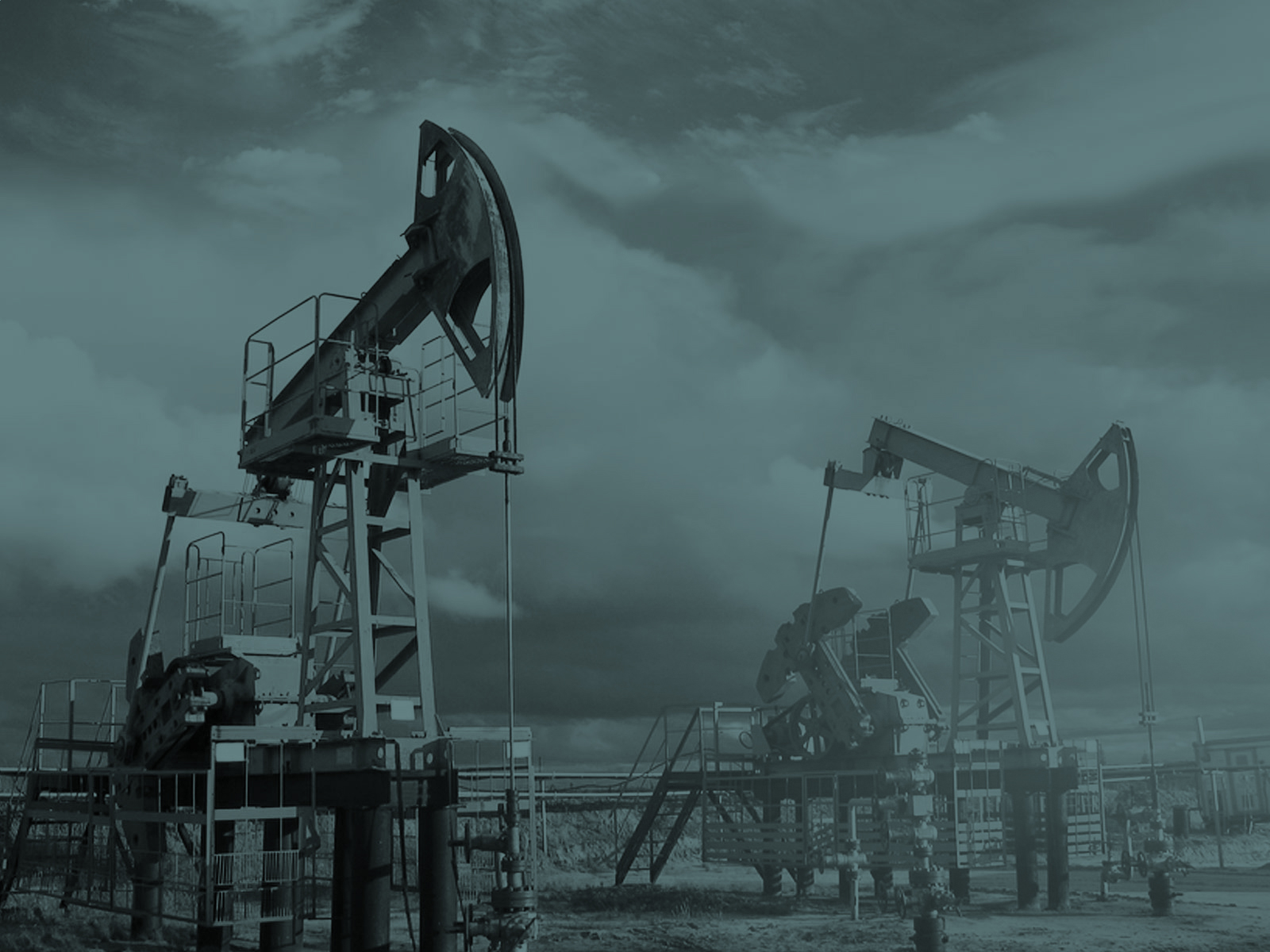It is also estimated that three in four people will live in urban centres, with Asia’s fast-growing cities absorbing much of that growth. That’s like building a new Singapore every month for the next 40 years.
The combination of population growth, urbanisation and a vast expansion of the middle class will lead to significant growth in energy demand, which is forecast to double from 2000 to 2050. At the same time, the world will have to find ways to cut C02 emissions more drastically, to avoid the impact of serious climate change. In Asia, the challenge will be even more acute – as urban population will grow from 1.9 bn today to 3.3 bn in 2050, and energy demand will escalate on.
Human ingenuity, innovation and technology, combined with a sustainable development of natural resources, hold the key to unlocking the energy needed today and in the future. Globally, this will include increased energy efficiency and the ramp up of renewable sources – as well as the utilisation of hydrocarbons which will continue to provide a large part of the world’s energy supplies, over 60% in 2050.
Natural gas is uniquely suited to be the cornerstone of a more sustainable energy future - one that can meet rising energy demand rapidly and securely, in a way that also reduces both air pollution in dense urban areas and global CO2 emissions. It should be the backbone of future energy systems as natural gas offers a reliable, competitive, and cleaner energy source that can be realised fast; not just a back-up or transition fuel.
Asia, for example, has seen a sweeping rise in natural gas production and consumption. Malaysia, Indonesia and Brunei all serve as long-term suppliers of liquefied natural gas (LNG). Thailand started importing LNG in 2011, peninsular Malaysia and Indonesia commenced this year. By the end of the decade, it is expected that six of ten Association of Southeast Asian Nations (ASEAN) countries will be importers of LNG.
According to the International Energy Agency’s (IEA) Golden Rules in 2012, between 2010 and 2035 primary natural gas demand could increase by up to 5 and a half times in China, and by over 3 times in India. Asia and the rest of the world are exploring multiple uses of natural gas including the more traditional use in power generation and as petrochemical feedstock, as well as the increasingly popular applications for highly efficient and new uses in industrial heat, land and marine transportation.
Natural gas is set to play a unique role in fueling developing countries’ rapid economic growth. Renewables and energy efficiency will enhance that prosperity, if the right investment decisions are made in time.
The views and opinions expressed in this article are those of the authors and do not necessarily reflect the views of The Economist Intelligence Unit Limited (EIU) or any other member of The Economist Group. The Economist Group (including the EIU) cannot accept any responsibility or liability for reliance by any person on this article or any of the information, opinions or conclusions set out in the article.




